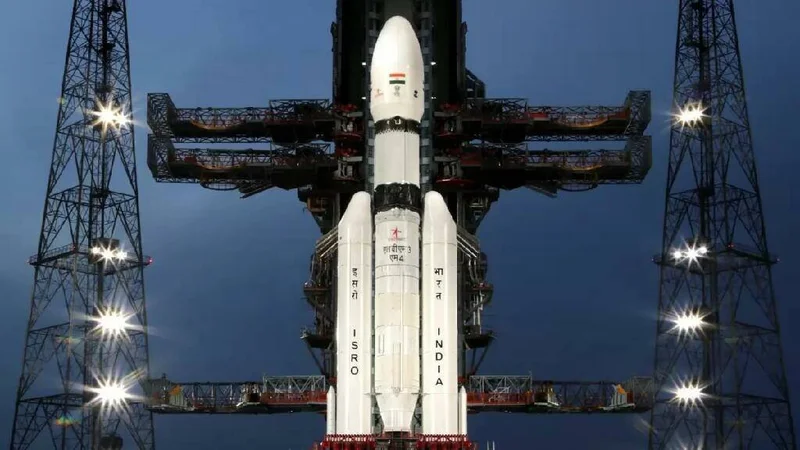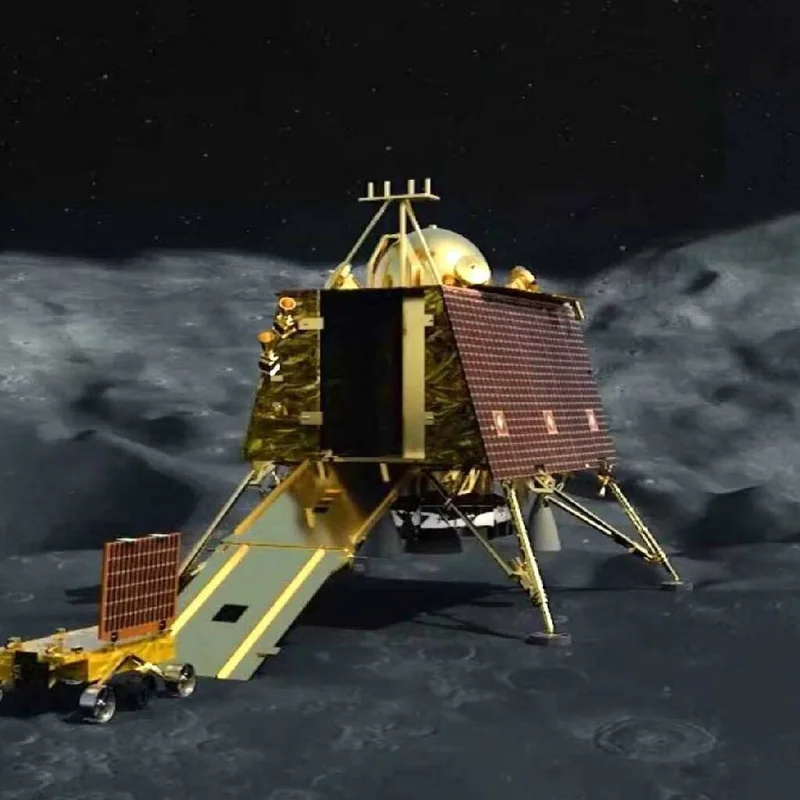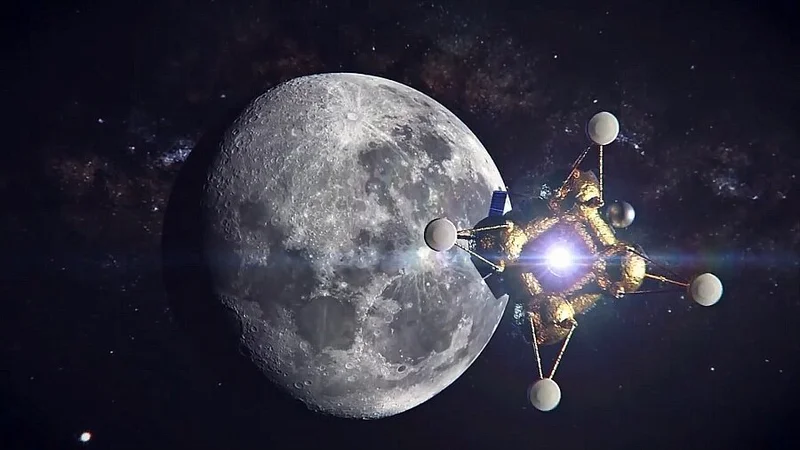India has made history in space exploration

Photo source: ISRO
India's Chandrayaanu-3 lunar module has managed to land in the rugged terrain of the Earth's natural satellite.
National space agency ISRO has confirmed that the Chandrayaan-3 lunar module has managed to successfully land on the south pole of the moon. This is a scientific and technological milestone as it is the first time a spacecraft has managed to perform this maneuver correctly in such a rugged terrain on Earth's natural satellite.
The mission launched on July 14 and has been in lunar orbit since early August. In the last few days, ISRO has been adapting the craft for the descent and landing on the moon, while at the same time getting the first images of the moon thanks to a camera installed on board and specially designed to avoid hazards during the delicate maneuver.
The module's descent phase will be broadcast live in Bagan at 5:20 p.m. India time.
"India is now on the Moon," Indian Prime Minister Narendra Modi said while addressing ISRO personnel immediately after the landing.
The Moon's south pole has become one of the most coveted locations. The presence of water in the form of ice confirmed by NASA could be a game changer for interplanetary travel as it is considered today. Hydrogen and oxygen, which make up the elemental liquid molecule, make up one of the most commonly used formulas for powering rocket engines.
Chandrayaan-3 Photo source: ISRO
This leads directly to using the Moon as a sort of refueling station beyond Earth, through which it will be possible to get farther. The very low gravity of the Moon will be key in this whole process, as much less energy will be required for each launch.
The Chandrayaan-3 mission is designed for 14 Earth days (one lunar day), during which it will conduct all kinds of terrestrial analysis. Mainly scientific experiments to collect data on the mineral composition of the satellite and the presence of water. Its mass is 3,900 kilograms, which includes all kinds of instruments and sensors.
Chandrayaan-3 is the third mission that the country is sending to the moon. The first one consisted of an orbiter that analyzed the surface between 2007 and 2008, while the second one eventually crashed into the same satellite due to a series of technical problems in maneuvering the lunar landing.
With this achievement, India joins the select club of countries that have managed to land any module on a satellite. China, Russia and the United States have already achieved this and now also have missions to explore the south pole of the moon.
China plans to establish a permanent science base, which will come after the Chang'e 7 module mission, scheduled for 2026. Just a year before that, the Artemis III mission appeared on the United States calendar, with the goal of bringing astronauts to the region.
Luna-25 Photo source: РКС
So far, no other country has achieved a soft landing at the south pole of the Moon, which is known to contain traces of water ice in shaded craters.
The Russian Luna-25 module, which was supposed to land at the south pole of the Earth's natural satellite on August 21, crashed for technical reasons. As the head of Roscosmos, Yuri Borisov, noted, the main reason for the failure is "the negative experience of interrupting the lunar program practical for 50 years." The mistakes will be taken into account when launching subsequent lunar missions.